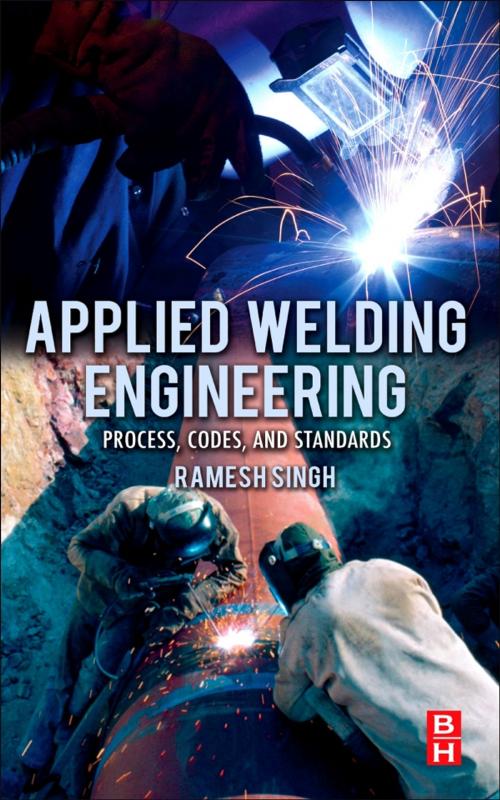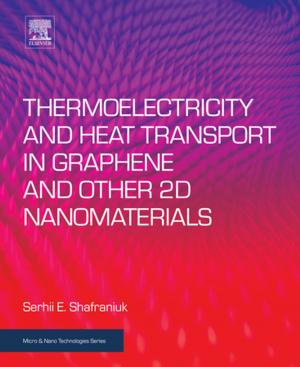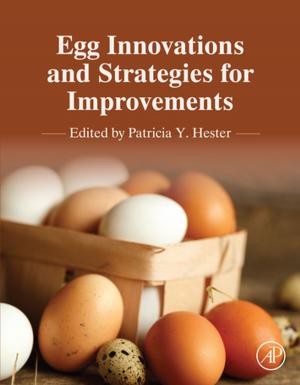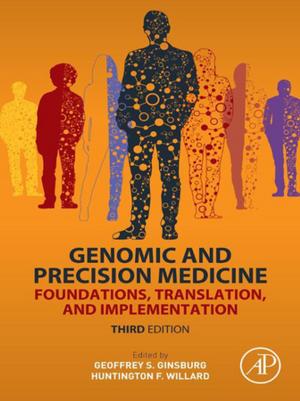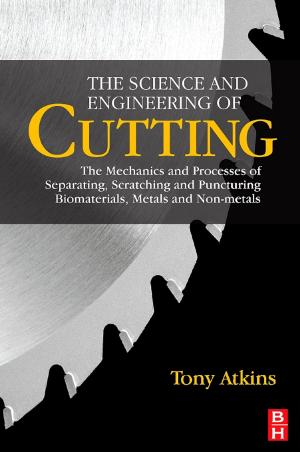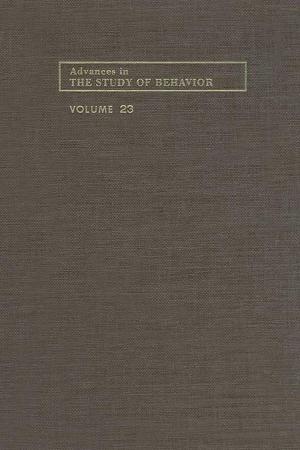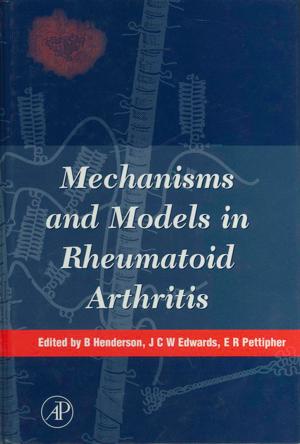Applied Welding Engineering
Processes, Codes, and Standards
Nonfiction, Science & Nature, Technology, Construction & Construction Trades, Engineering| Author: | Ramesh Singh | ISBN: | 9780123919175 |
| Publisher: | Elsevier Science | Publication: | November 1, 2011 |
| Imprint: | Butterworth-Heinemann | Language: | English |
| Author: | Ramesh Singh |
| ISBN: | 9780123919175 |
| Publisher: | Elsevier Science |
| Publication: | November 1, 2011 |
| Imprint: | Butterworth-Heinemann |
| Language: | English |
While there are several books on market that are designed to serve a company’s daily shop-floor needs. Their focus is mainly on the physically making specific types of welds on specific types of materials with specific welding processes. There is nearly zero focus on the design, maintenance and troubleshooting of the welding systems and equipment. Applied Welding Engineering: Processes, Codes and Standards is designed to provide a practical in-depth instruction for the selection of the materials incorporated in the joint, joint inspection, and the quality control for the final product. Welding Engineers will also find this book a valuable source for developing new welding processes or procedures for new materials as well as a guide for working closely with design engineers to develop efficient welding designs and fabrication procedures.
Applied Welding Engineering: Processes, Codes and Standards is based on a practical approach. The book’s four part treatment starts with a clear and rigorous exposition of the science of metallurgy including but not limited to: Alloys, Physical Metallurgy, Structure of Materials, Non-Ferrous Materials, Mechanical Properties and Testing of Metals and Heal Treatment of Steels. This is followed by self-contained sections concerning applications regarding Section 2: Welding Metallurgy & Welding Processes, Section 3: Nondestructive Testing, and Section 4: Codes and Standards. The author’s objective is to keep engineers moored in the theory taught in the university and colleges while exploring the real world of practical welding engineering. Other topics include: Mechanical Properties and Testing of Metals, Heat Treatment of Steels, Effect of Heat on Material During Welding, Stresses, Shrinkage and Distortion in Welding, Welding, Corrosion Resistant Alloys-Stainless Steel, Welding Defects and Inspection, Codes, Specifications and Standards.
The book is designed to support welding and joining operations where engineers pass plans and projects to mid-management personnel who must carry out the planning, organization and delivery of manufacturing projects. In this book, the author places emphasis on developing the skills needed to lead projects and interface with engineering and development teams. In writing this book, the book leaned heavily on the author’s own experience as well as the American Society of Mechanical Engineers (www.asme.org), American Welding Society (www.aws.org), American Society of Metals (www.asminternational.org), NACE International (www.nace.org), American Petroleum Institute (www.api.org), etc. Other sources includes The Welding Institute, UK (www.twi.co.uk), and Indian Air force training manuals, ASNT (www.asnt.org), the Canadian Standard Association (www.cas.com) and Canadian General Standard Board (CGSB) (www.tpsgc-pwgsc.gc.ca).
- Rules for developing efficient welding designs and fabrication procedures
- Expert advice for complying with international codes and standards from the American Welding Society, American Society of Mechanical Engineers, and The Welding Institute(UK)
- Practical in-depth instruction for the selection of the materials incorporated in the joint, joint inspection, and the quality control for the final product.
While there are several books on market that are designed to serve a company’s daily shop-floor needs. Their focus is mainly on the physically making specific types of welds on specific types of materials with specific welding processes. There is nearly zero focus on the design, maintenance and troubleshooting of the welding systems and equipment. Applied Welding Engineering: Processes, Codes and Standards is designed to provide a practical in-depth instruction for the selection of the materials incorporated in the joint, joint inspection, and the quality control for the final product. Welding Engineers will also find this book a valuable source for developing new welding processes or procedures for new materials as well as a guide for working closely with design engineers to develop efficient welding designs and fabrication procedures.
Applied Welding Engineering: Processes, Codes and Standards is based on a practical approach. The book’s four part treatment starts with a clear and rigorous exposition of the science of metallurgy including but not limited to: Alloys, Physical Metallurgy, Structure of Materials, Non-Ferrous Materials, Mechanical Properties and Testing of Metals and Heal Treatment of Steels. This is followed by self-contained sections concerning applications regarding Section 2: Welding Metallurgy & Welding Processes, Section 3: Nondestructive Testing, and Section 4: Codes and Standards. The author’s objective is to keep engineers moored in the theory taught in the university and colleges while exploring the real world of practical welding engineering. Other topics include: Mechanical Properties and Testing of Metals, Heat Treatment of Steels, Effect of Heat on Material During Welding, Stresses, Shrinkage and Distortion in Welding, Welding, Corrosion Resistant Alloys-Stainless Steel, Welding Defects and Inspection, Codes, Specifications and Standards.
The book is designed to support welding and joining operations where engineers pass plans and projects to mid-management personnel who must carry out the planning, organization and delivery of manufacturing projects. In this book, the author places emphasis on developing the skills needed to lead projects and interface with engineering and development teams. In writing this book, the book leaned heavily on the author’s own experience as well as the American Society of Mechanical Engineers (www.asme.org), American Welding Society (www.aws.org), American Society of Metals (www.asminternational.org), NACE International (www.nace.org), American Petroleum Institute (www.api.org), etc. Other sources includes The Welding Institute, UK (www.twi.co.uk), and Indian Air force training manuals, ASNT (www.asnt.org), the Canadian Standard Association (www.cas.com) and Canadian General Standard Board (CGSB) (www.tpsgc-pwgsc.gc.ca).
- Rules for developing efficient welding designs and fabrication procedures
- Expert advice for complying with international codes and standards from the American Welding Society, American Society of Mechanical Engineers, and The Welding Institute(UK)
- Practical in-depth instruction for the selection of the materials incorporated in the joint, joint inspection, and the quality control for the final product.
